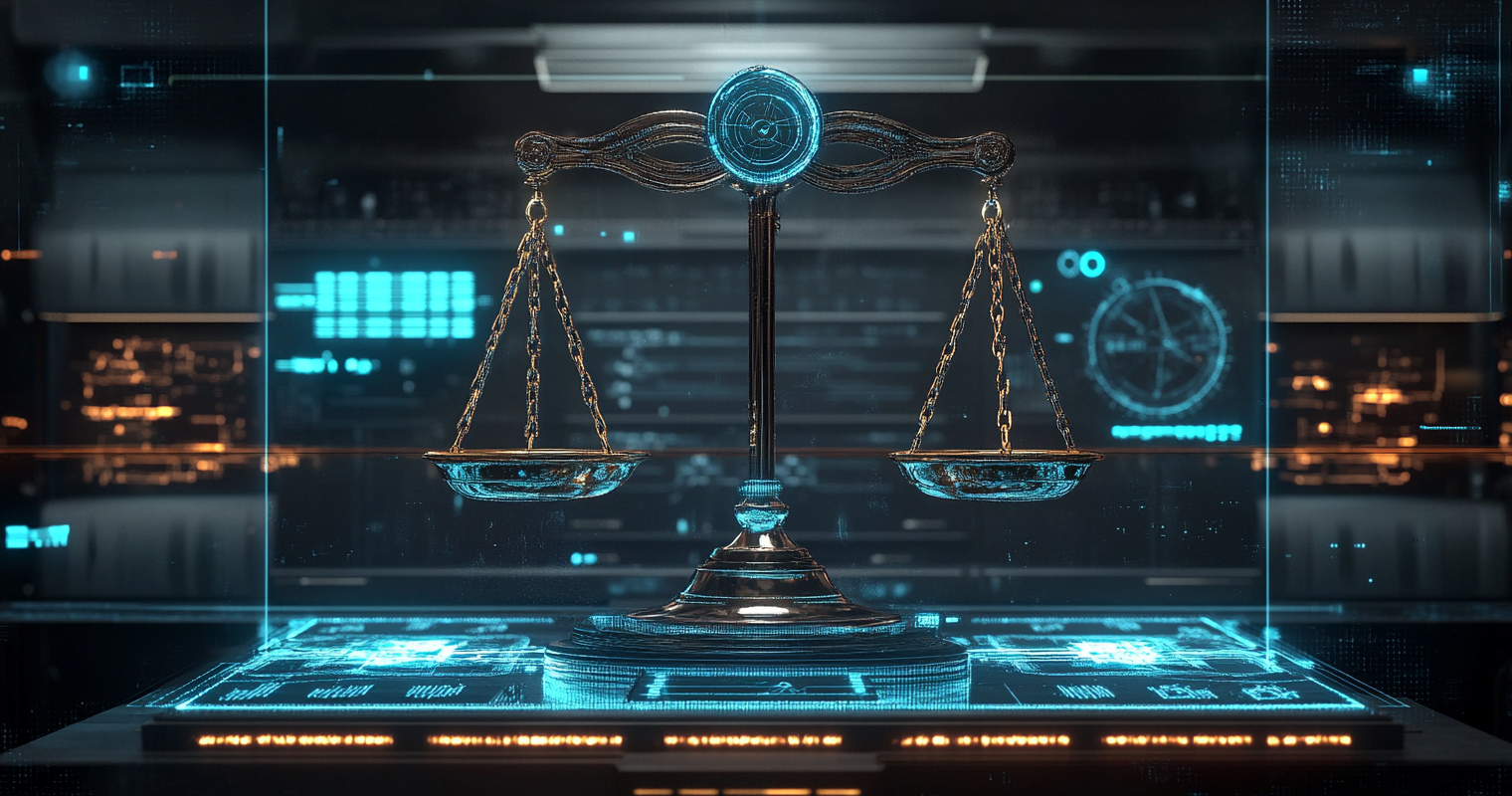A federal district court judge in Delaware issued the first major ruling on whether using copyrighted materials to train artificial intelligence systems constitutes copyright infringement.
On Feb. 11, Judge Stephanos Bibas granted a summary judgment to Thomson Reuters, which makes the legal research service Westlaw, against a company named Ross Intelligence. The judge found that Ross infringed on Reuters’ copyrights by using Westlaw headnotes — essentially case summaries — to train its own legal research AI.
There are fair uses of copyrighted materials under federal law, but they generally need to be “transformative” in nature. Evidently, Ross flew too close to the sun in using Westlaw summaries to train what could be a commercial rival.
For Matthew Sag, an Emory University law professor who studies artificial intelligence and machine learning, this was somewhat of a surprise. Sag criticized the lack of explanation in the judge’s ruling and said he believed the reach would only be limited.
“It seems to me that the most important factor in the court’s decision was the fact that the defendant trained its model on Westlaw’s data in order to produce something that would perform almost exactly the same function as Westlaw,” Sag said. “That makes it quite different to a generative AI model trained on half of the Internet that has a broad range of capabilities and is not designed to specifically replace any one input or any one source of inputs.”
Robert Brauneis, a law professor and co-director of the Intellectual Property Program at the George Washington University Law School, said the judge’s ruling weakens the case for that argument for generative AI developers, who could be seen as competing directly with the artists they’re allegedly copying. “Generative AI developers are using the copyrighted works of writers, artists, and musicians to build a service that would compete with those artists, writers, and musicians,” he said.
Major litigation over generative AI is still working its way through the courts — notably in the New York Times Company’s lawsuit against OpenAI, and class action suits by artists and writers against nearly every major AI firm. “These cases are still relatively early, and there is a lot of civil procedure to get through — fights over discovery, class action certification, venue — before we get to interesting questions of copyright law,” Sag said. “We are still a long way from a definitive judicial resolution of the basic copyright issue.”
